On the afternoon of April 22, the Department of Culture, Sports and Tourism (VH-TT-DL) of Hai Phong City organized a workshop on "Developing waterway tourism in Hai Phong: Scientific basis, orientation and solutions", with the participation of many experts, managers and businesses operating in the fields of tourism, urban, planning and investment.

Conference scene
Speaking at the conference, many experts expressed regret that Hai Phong - the city of bridges and rivers - has not yet exploited the natural advantages and cultural and historical values of its river system.
Hai Phong currently has more than 50 large and small rivers, including 16 main rivers such as Bach Dang, Cam, Lach Tray, Van Uc and Thai Binh . These rivers are not only the lifeblood of trade but also mark heroic historical periods, from the time when female general Le Chan established a village on the Cam River, to the famous Bach Dang victory on the river known as "the most sacred and heroic in Vietnam".
However, according to delegates, waterway tourism in Hai Phong is still in its infancy, lacking specific products, weak infrastructure, unsynchronized planning and many barriers.
Weak infrastructure, lack of overall planning
Currently, only Cat Ba area has more than 200 vehicles serving tourist transport by waterway. Other river routes mainly serve seasonal passenger transport, and have not yet formed specialized tourism products. The city does not have an international cruise ship port or a large-scale marina system. Many river routes are silted, limiting waterways, lacking anchorage points and support services.
The marina project on Vu Yen Island (Vingroup) is recognized as a bright spot, but it only serves the internal area. The remaining rivers have not been connected or effectively exploited for tourism.
In addition, the city does not have a strategy or project to develop waterway tourism in a systematic way. Activities are mainly spontaneous, there is a lack of planning for tourism space on both sides of the river, poor services and difficulty in attracting long-term tourists.
The riverside landscape is also considered to have not received due attention. The situation of garbage, water hyacinth, water pollution, lack of artistic lighting systems and architectural highlights limit the tourist experience. The riverside service ecosystem - including resorts, culture, cuisine, and community - has barely formed.

Delegates attending the workshop
Proposed solutions from experts and businesses
At the workshop, many opinions suggested that Hai Phong City should soon develop a master plan for river tourism development, clearly identifying key routes, stops, check-in points, reception centers and specific tourism products.
Rivers with cultural and historical values such as Bach Dang River, Cam River, and Lach Tray River need to be exploited into cultural tours, connecting the inner city with Cat Ba, combining experiences of sightseeing, visiting relics, craft villages, cuisine, and performing arts on the water.
The cruise ship system should be designed with its own style, imbued with the identity of the port city. In addition, the city needs to plan the space on both sides of the river to develop community and ecological tourism, creating conditions for restaurant, accommodation, and entertainment services to develop.
Some opinions proposed organizing riverside festivals, promoting digital communication, launching campaigns to promote river tourism on online platforms, and at the same time building a mechanism to attract private investment in infrastructure and services.

Ms. Tran Thi Hoang Mai, Director of the Department of Culture, Sports and Tourism of Hai Phong City, spoke at the workshop.
Towards a green, sustainable tourism model
According to Ms. Tran Thi Hoang Mai, Director of the Department of Culture, Sports and Tourism of Hai Phong City, developing waterway tourism is a difficult problem, requiring multi-sectoral coordination and long-term investment. However, with great potential from nature, culture and history, if there is the right direction and the companionship of experts and businesses, Hai Phong's rivers can completely become unique destinations, bringing sustainable economic value to the city.
Ms. Mai emphasized that Hai Phong needs to soon issue a set of quality standards and licensing mechanisms for water tourism vehicles, and organize regular inspections in a professional, friendly and safe manner. At the same time, the city must strengthen pollution control, wastewater treatment, riverside garbage collection and tree planting to protect the banks.
"Not just a means of transportation, each river must become a vivid tourism product, telling its own story, closely linked to local experiences and identity," said Ms. Mai.
Source: https://nld.com.vn/hai-phong-tim-huong-danh-thuc-tiem-nang-du-lich-duong-song-196250422204648741.htm


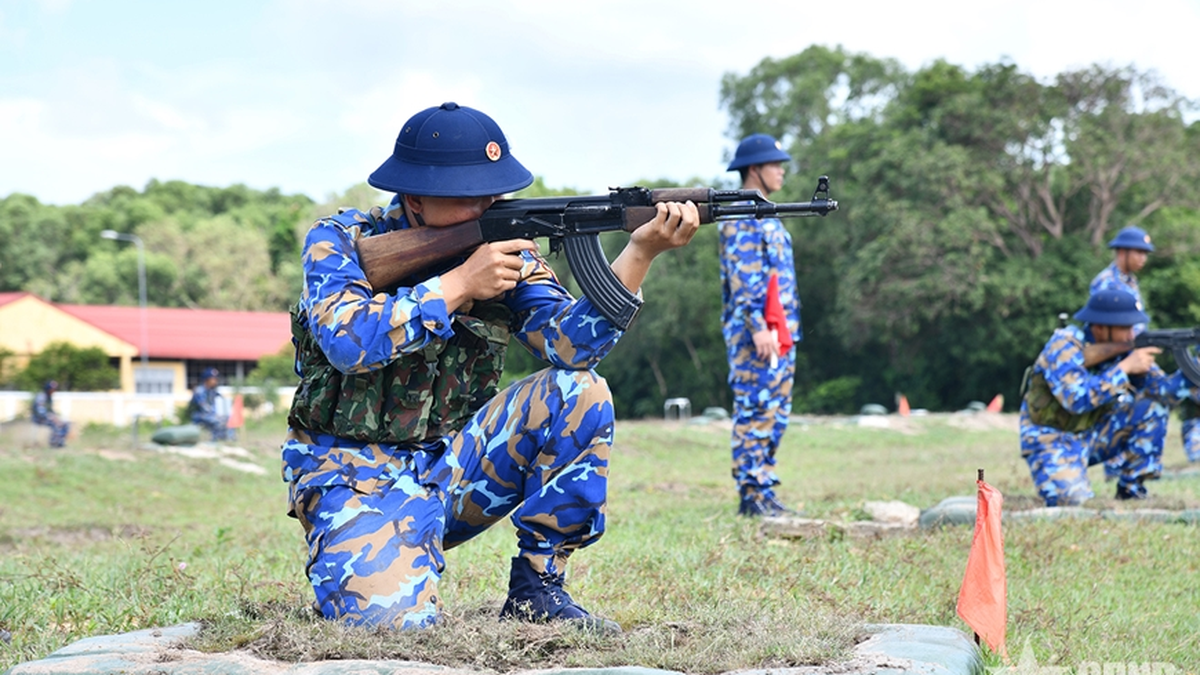

![[Photo] Prime Minister Pham Minh Chinh and Prime Minister of the Kingdom of Thailand Paetongtarn Shinawatra attend the Vietnam-Thailand Business Forum 2025](https://vphoto.vietnam.vn/thumb/1200x675/vietnam/resource/IMAGE/2025/5/16/1cdfce54d25c48a68ae6fb9204f2171a)
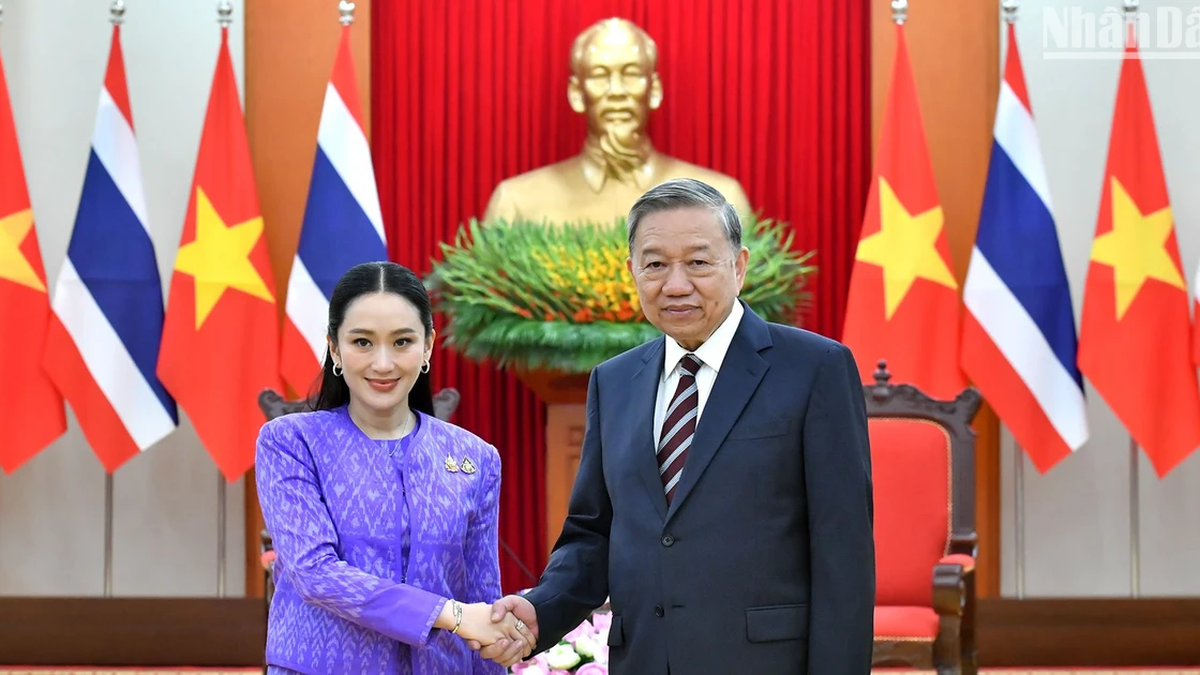
![[Photo] President Luong Cuong receives Prime Minister of the Kingdom of Thailand Paetongtarn Shinawatra](https://vphoto.vietnam.vn/thumb/1200x675/vietnam/resource/IMAGE/2025/5/16/52c73b27198a4e12bd6a903d1c218846)

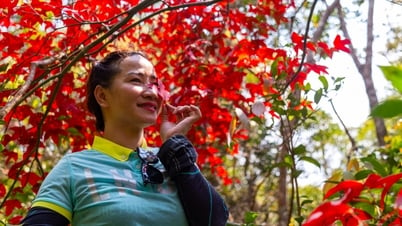


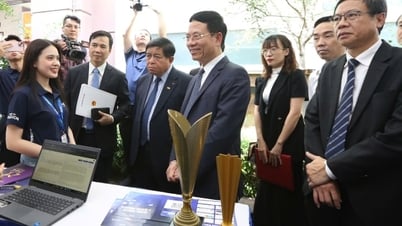


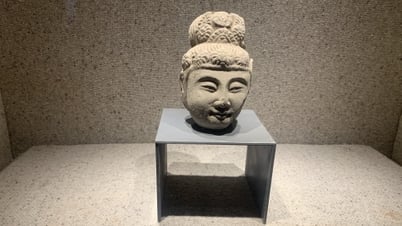

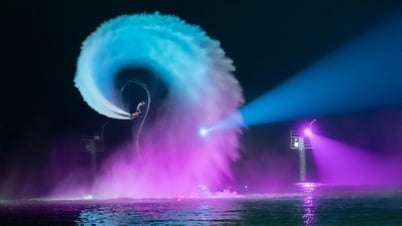






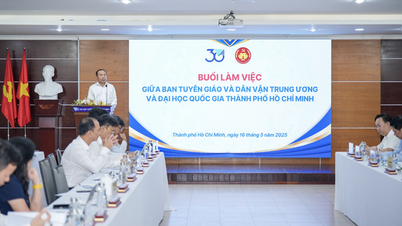


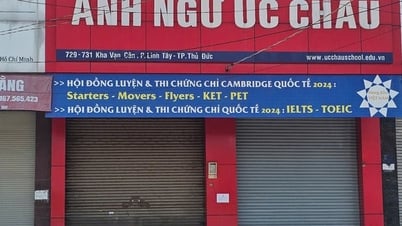

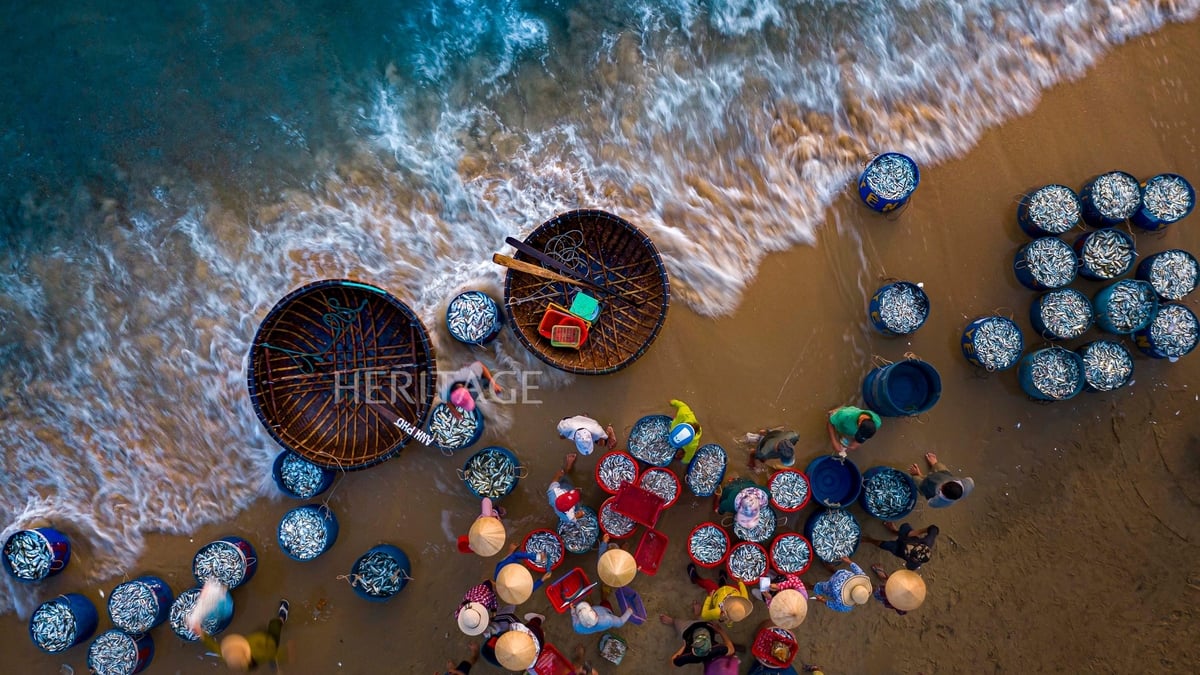
![[Photo] The Prime Ministers of Vietnam and Thailand witnessed the signing ceremony of cooperation and exchange of documents.](https://vphoto.vietnam.vn/thumb/1200x675/vietnam/resource/IMAGE/2025/5/16/935407e225f640f9ac97b85d3359c1a5)



































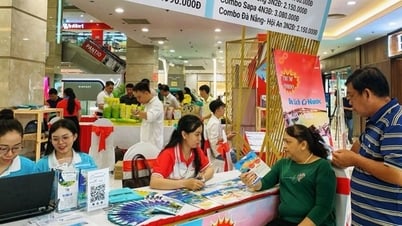

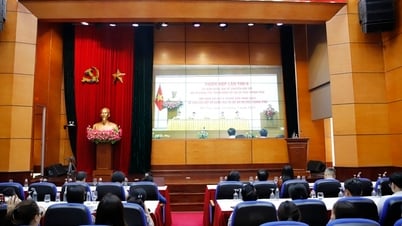
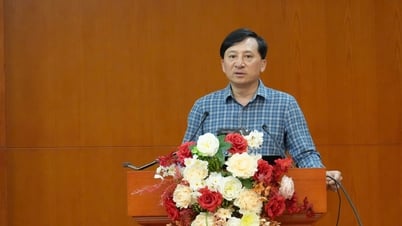



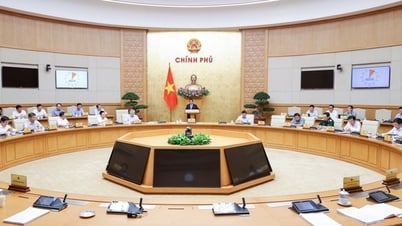
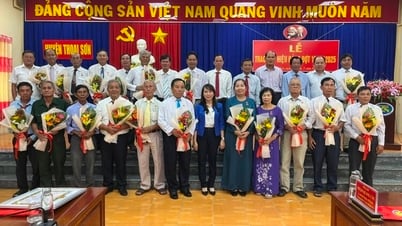




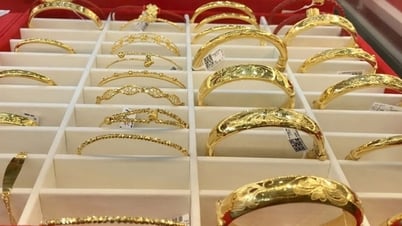
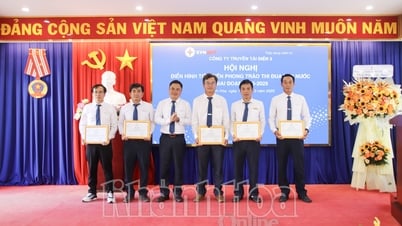













Comment (0)